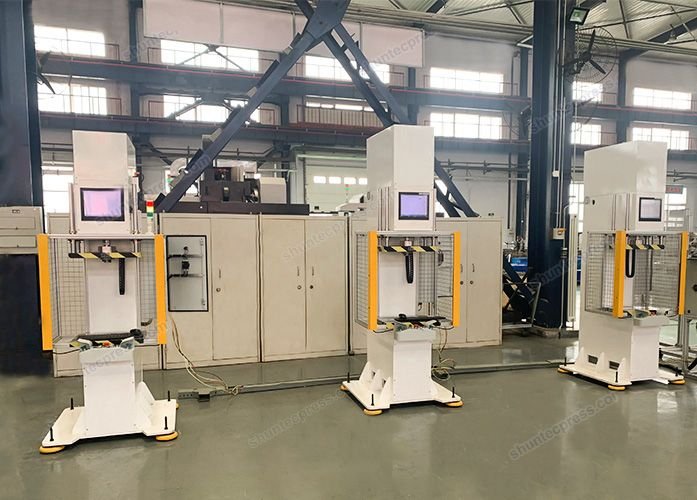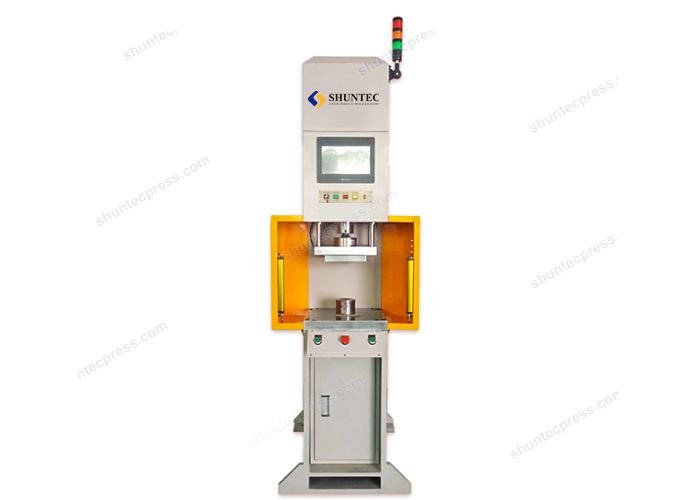


Servomechanism, short for servo, is a technology commonly used in control engineering. It is a kind of control system that uses feedback or error-sensing/correction signals to control mechanical position, speed, attitude, etc. Servomechanism can achieve a higher level of precision/accuracy than another system.
A Servomechanism Is Strictly Defined
To better understand servo, we can compare automotive power window control and cruise control. When the driver operates the window (up or down), he has to observe the position of the window glass and adjust it until it reaches the desired position. During the process, there is no automatic feedback to control the position of the glass. Therefore, an automotive power window control does not belong to servomechanism. By comparison, a car’s cruise control is a typical example of servomechanism, since it uses closed-loop feedback to control the speed.
Nowadays, Servo Technology Has Been Applied To Press Machines
A servo press is a kind of press machine which is driven by an AC servo motor. Instead of a hydraulic or mechanical flywheel system, a servo press uses an electric actuator to control the ram throughout the stroke, and the level of precision can be high.
After the torque is produced, a ball screw will convert it into a linear force. Generally, a servo press is equipped with a load cell and encoder to control pressure and position.
Servo presses can be regarded as an evolved type of press machine since they used more advanced technology. So what’s the difference between servo press and ordinary press? A servo press is driven by a servo motor that features high torque and low rpm, as opposed to a standard electric motor, flywheel, clutch, and brake. A servo press can supply full energy even at low speeds.
Due to its various advantages, such as lower power consumption, servo presses have been extensively used in a variety of applications, such as embossing, forming, shallow drawing, shaping, press-fitting, etc. Particularly, a servo press can achieve variable slide velocity at multiple points throughout the stroke, so it is especially ideal for metal forming, shallow-to-medium drawing, and forming.

